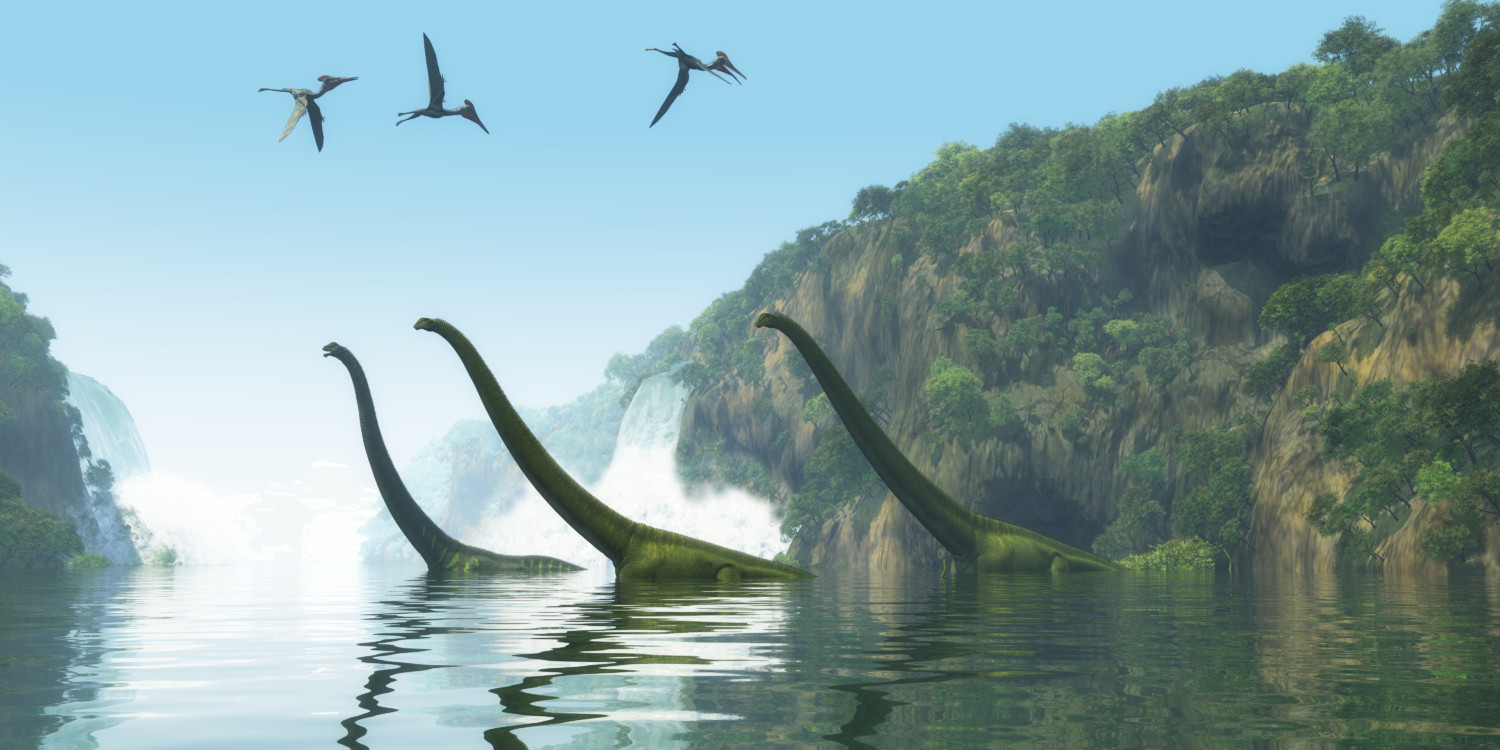Despite being extinct for more than 65 million years, dinosaurs still fascinate us. We marvel when ancient fossils are found in scientific digs, and paleontologists unearth the remains of previously unknown dinosaur species.
But how did these giant creatures disappear from the planet so long ago? Many scientists agree that an asteroid impact off the coast of modern-day Mexico sparked the dinosaurs’ demise. But was it the actual impact? The resulting global natural disaster it triggered, like tsunamis, earthquakes and a massive volcanic eruption? Vaporized sulphur from the impact? A recent study may shed some light on what led to the dinosaurs’ disappearance.
A new study published in Nature Geoscience by Belgian scientists that revealed a potential cataclysmic domino effect caused by the asteroid collision with Earth. After extensive simulation studies, the scientists concluded a massive cloud of debris and fine dust from the collision plunged the planet into a prolonged “impact winter.”
MORE: Paleontologists and volunteers find rare dinosaur bone in fossil park

The scientific team took fossilized dust samples from an ancient lake bed in North Dakota dated to shortly after the initial asteroid impact. It used them to create a series of computer situations. Their results showed how dust from the asteroid impact could have left a devastating effect on the planet and anything alive at that time.
Simulation models showed the scientists that about 2,000 gigatons of dust shot up into the atmosphere following the impact. This dust blanket likely lasted about 15 years after the initial explosion. The researchers concluded this dust cloud blocked out the sun, causing the Earth’s temperature to fall by as much as 59 degrees Fahrenheit.
In addition to causing the significant drop in temperature, the dust cloud likely affected how the sun’s radiation reached the planet. Less radiation means plants cannot perform photosynthesis.
“Within two weeks after impact, the planet undergoes a global shut-down in photosynthetic activity in all ejecta scenarios,” the study explains.
Without photosynthesis, most plants will die. Without vegetation, plant-eating dinosaurs would die off. Once those dinosaurs began to die off, other dinosaur species would also be affected.
“Dust could shut down photosynthesis for such a long time that it could pose severe challenges,” Cem Berk Senel, a planetary scientist at the Royal Observatory of Belgium who led the study, told The Washington Post. “It could result in a chain reaction of extinction to all species in the food chain.”
It took almost two years for plants to regain their ability to photosynthesize, according to their models. By then, the damage to the dinosaur life cycle was done. But other animals survived.
“Fauna and flora that could enter a dormant phase — for example, through seeds, cysts or hibernation in burrows — and were able to adapt to a generalistic lifestyle — not dependent on one particular food source — generally survived better, like small mammals,” study co-author Özgür Karatekin, a Royal Observatory of Belgium planetary scientist, told Reuters.
Any products or services mentioned above were selected independent of sales and advertising. However, Simplemost may receive a small commission from the purchase of any products or services through an affiliate link to the retailer's website.
This story originally appeared on Simplemost. Check out Simplemost for additional stories.


